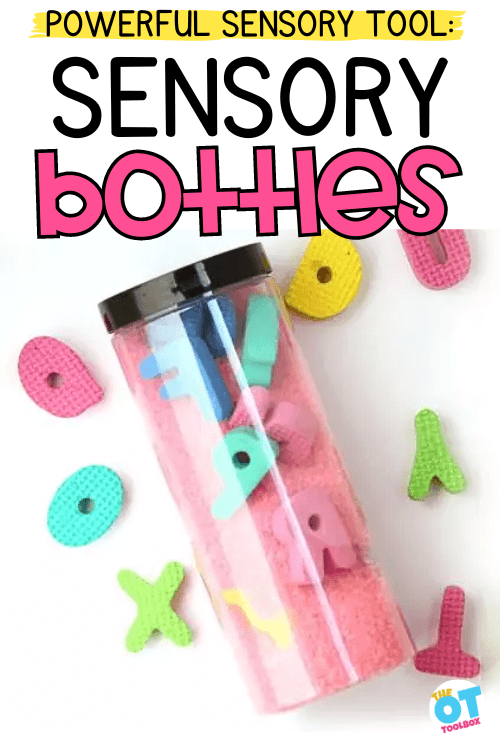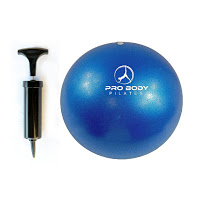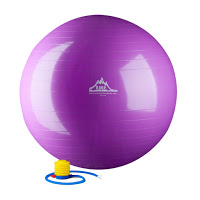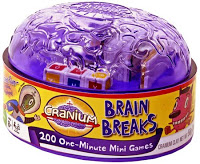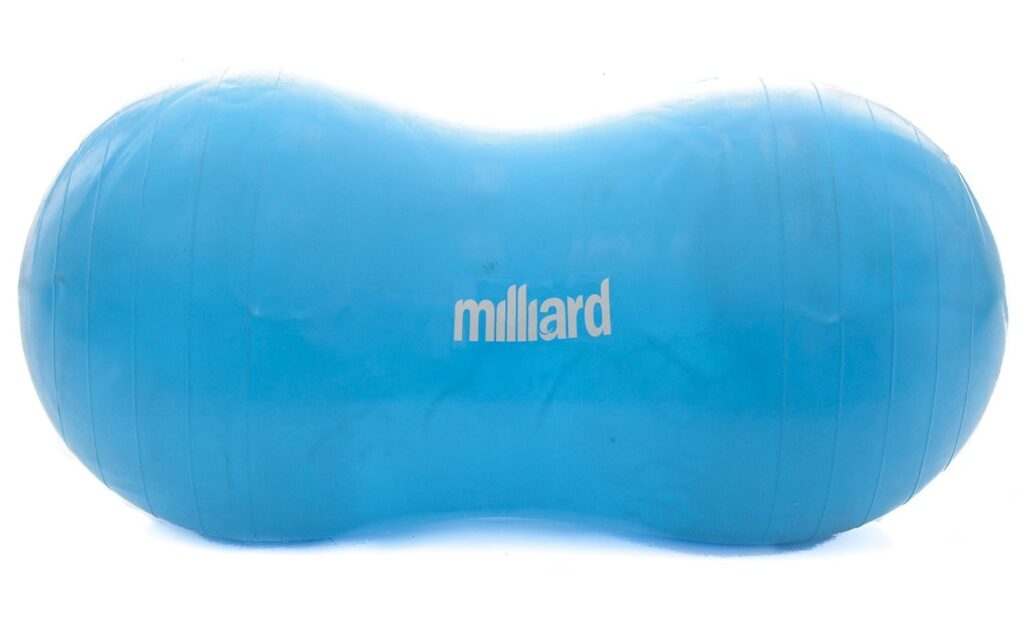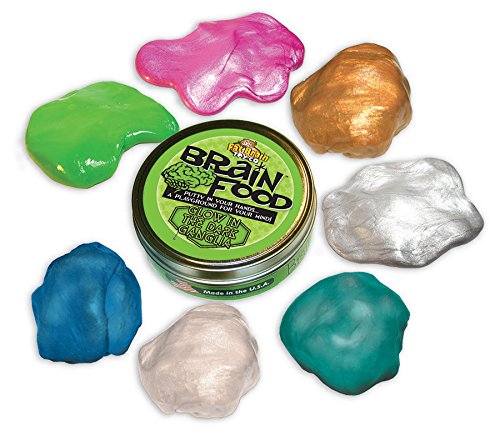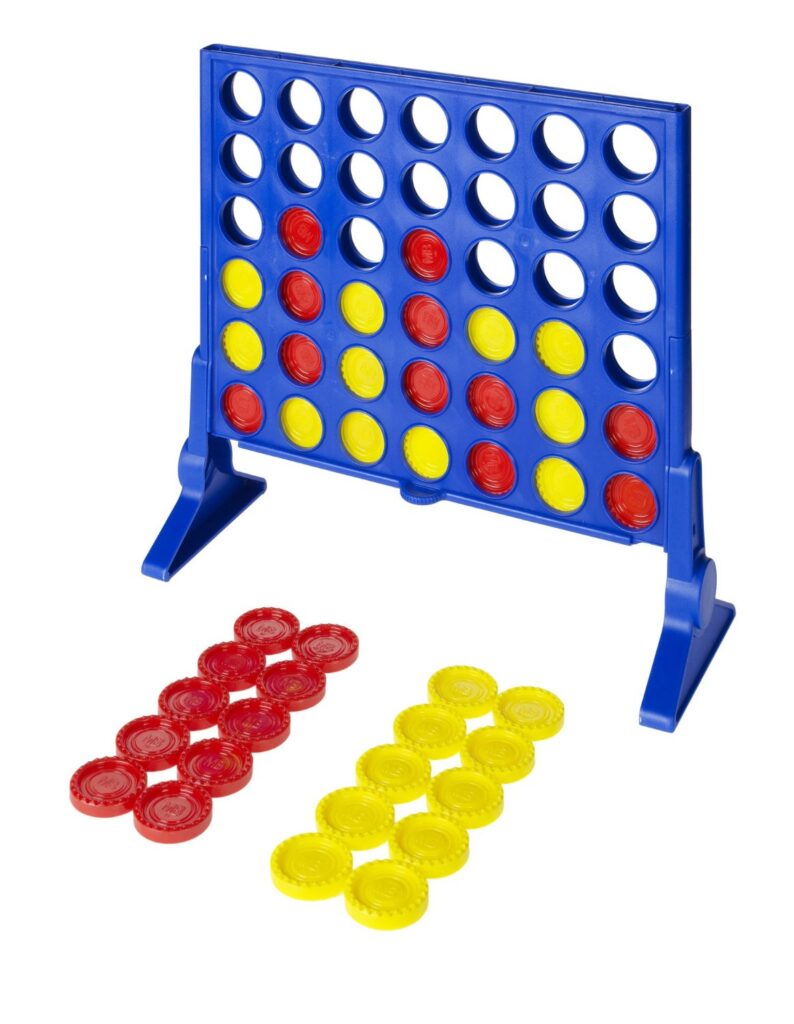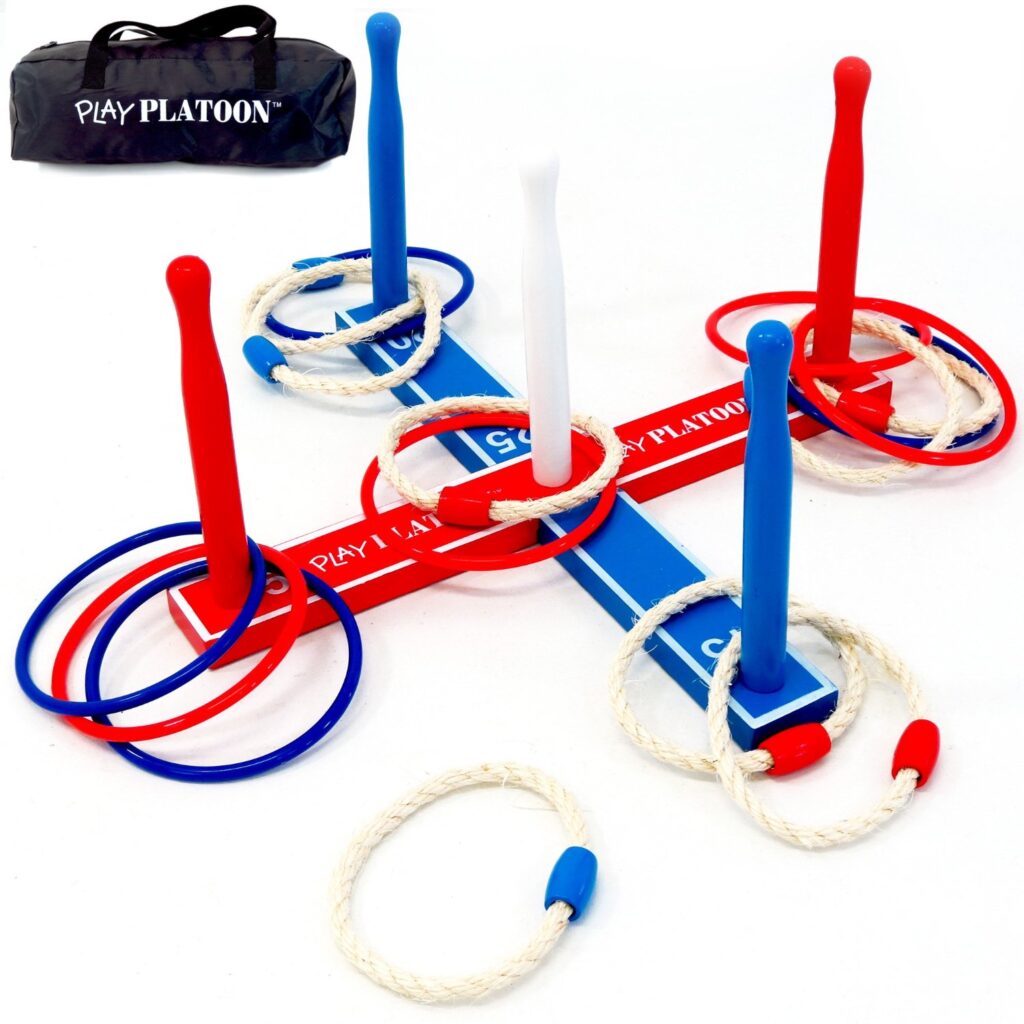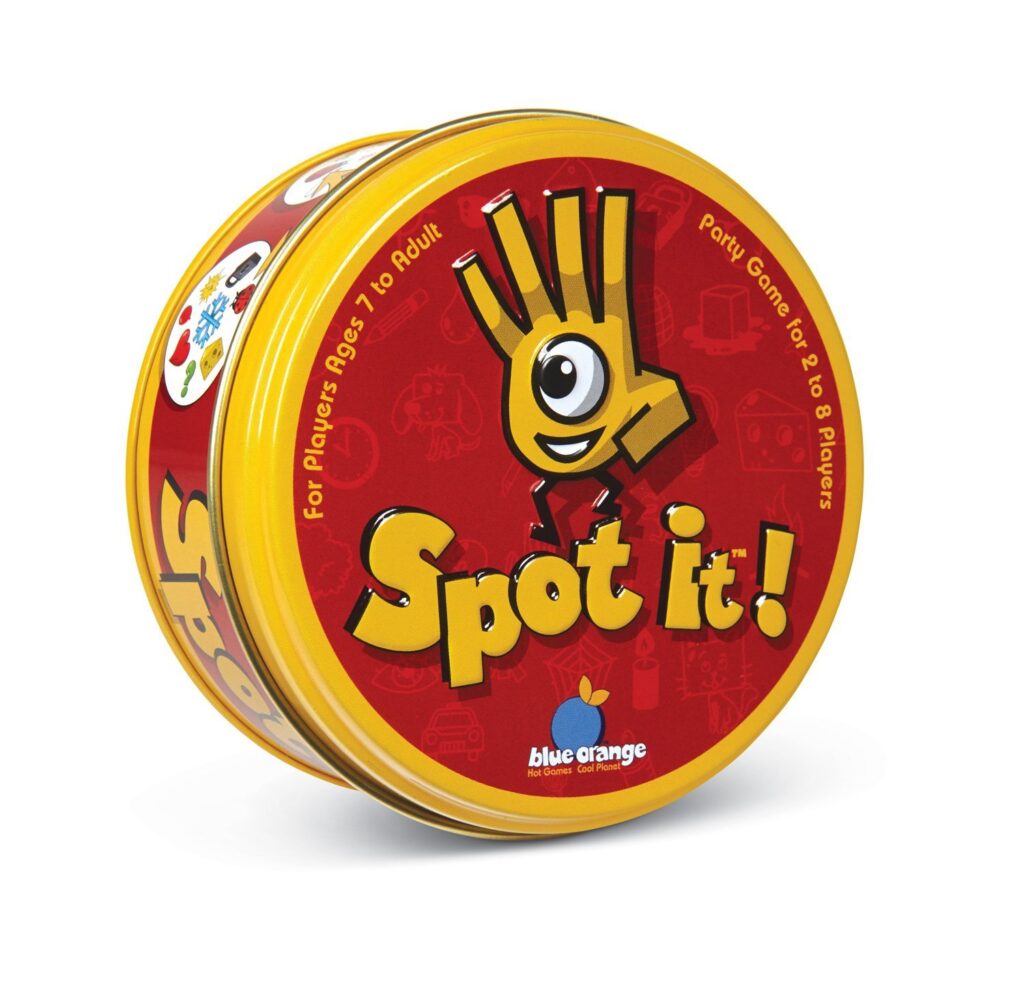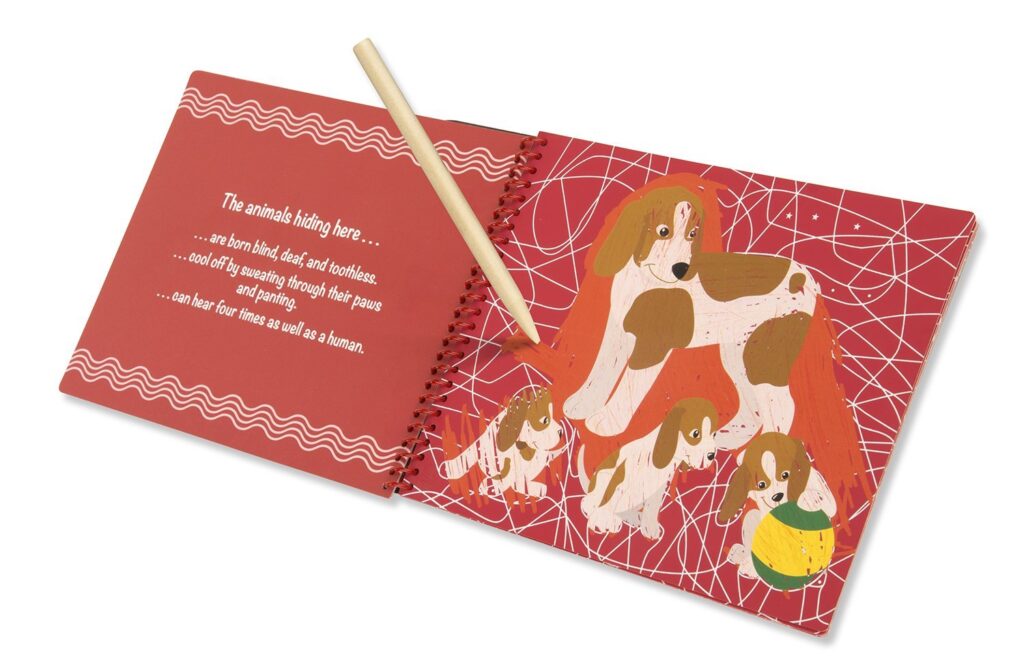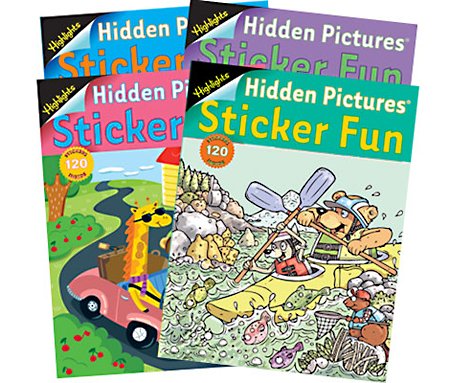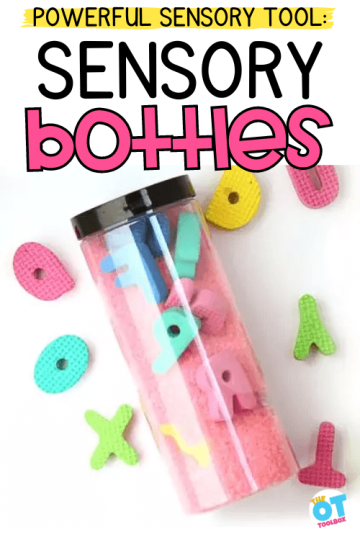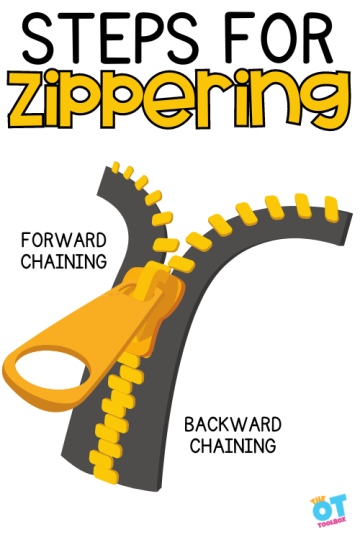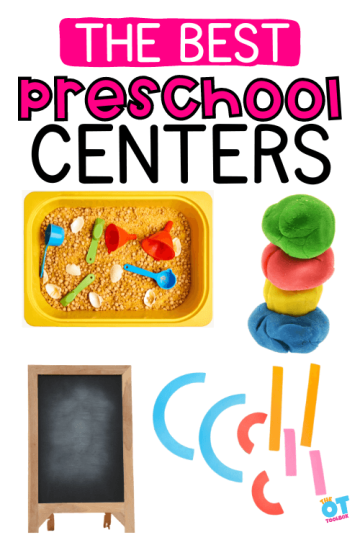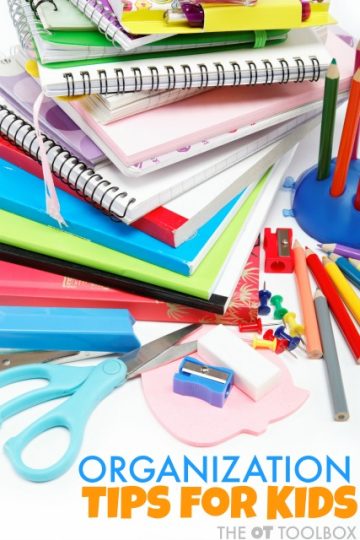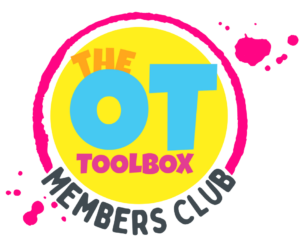Here we are talking toys that help kids pay attention. These focus toys can be ways to support concentration or toys to help kids with the working memory skills needed for functional tasks, by allowing them to sustain attention during an activity. Part of our occupational therapy toys lists, this resource supports the development of attention through play.
Amazon affiliate links are included in this blog post. As an Amazon Influencer, I earn from qualifying purchases.
Toys to Help with Attention
Some of the toy suggestions you find here are fidget items. Others are toys or games to support the skills needed to pay attention. Skills like sustained attention, maintaining focus in order to utilize working memory throughout a task, and items to support ADHD or generalized attention challenges can be developed through practice and play.
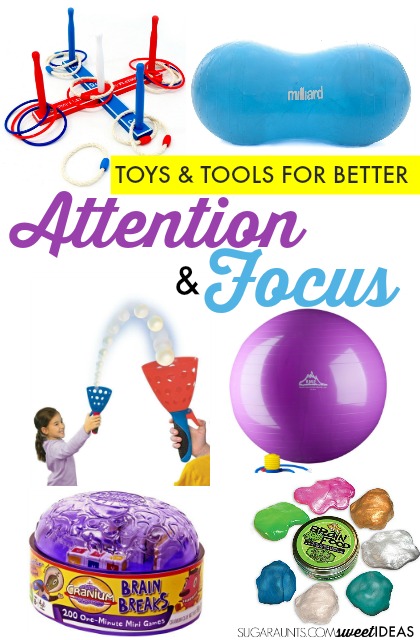
Toys and Tools to Help with Attention and Focus
A smaller sized therapy ball like this 9 inch Stability Ball (affiliate link) might be a better option for kids who use the balls for floor activities like laying prone on the ball in a superman pose. This is a great core strengthening and vestibular activity that can help with strengthening and sensory needs.
Other smaller sized therapy balls would be more appropriate when the balls are used as a seat to help with attention. Proper positioning is essential for handwriting and reading when seated at a desk. Try this 28 inch therapy ball (affiliate link) for younger kids.
A Large Stability Ball (affiliate link) is a great tool to have in the home or classroom. Use it for alerting sensory input or as a strengthening tool to build core strength.
Cranium Brain Breaks Game (affiliate link) is a great game that allows time for movement during, before, and after learning. Read more about brain breaks and other ways to help kids focus here.
The Peanut Therapy Ball (affiliate link) is great for inviting movement and sensory input in a variety of positions. Try this as a seat or to engage core muscles.
It is important to remember that every child is different. Just as needs and interests differ, the thing that can capture attention and focus will vastly vary from child to child. Use the interests that your child cares about to improve focus and attention.
Try these attention building tips:
Begin by playing one on one with the child in an environment that is free from distractions.
Try playing a game or completing an activity for a short period of time with breaks for movement and gross motor activity. It is not the movements that will boost attention, but rather the break to allow for movement. Coming back to a desk-top or structured activity or game may be easier for kids with attention and focusing issues.
Slowly increase the time spent on a task.
toys for concentration
Try games without a lot of rules or classic games that do not have a lot of distracting colors, sounds, and lights. Other children may require toys that light up with sounds and flashes in order to help with attention, based on the use of novel auditory or visual stimuli.
Low-tech attention boosting toys and tools might include:

Checkers (affiliate link) is a classic game that can encourage increased time focusing on an end goal. This type of game will certainly not work for all children with attention or focusing difficulties. The limited colors and simple game board can be a benefit for other children, however.
Connect 4 (affiliate link) Try playing this game on it’s side to eliminate the need to shift the vision and observe distractions. Use the legs on the game and lay it down on a table surface to have enough slant for the pieces to fall into place. A slight shift might be needed to get the game pieces to fall into place.
Ring Toss (affiliate link) is a game that can allow for movement during game play. Try adding weights to wrists or ankles for heavy work input during game play. Position the ring toss game in a corner of a room to eliminate distractions. This type of game is often times an incentive to address leaning concepts such as math, sight words, and spelling.
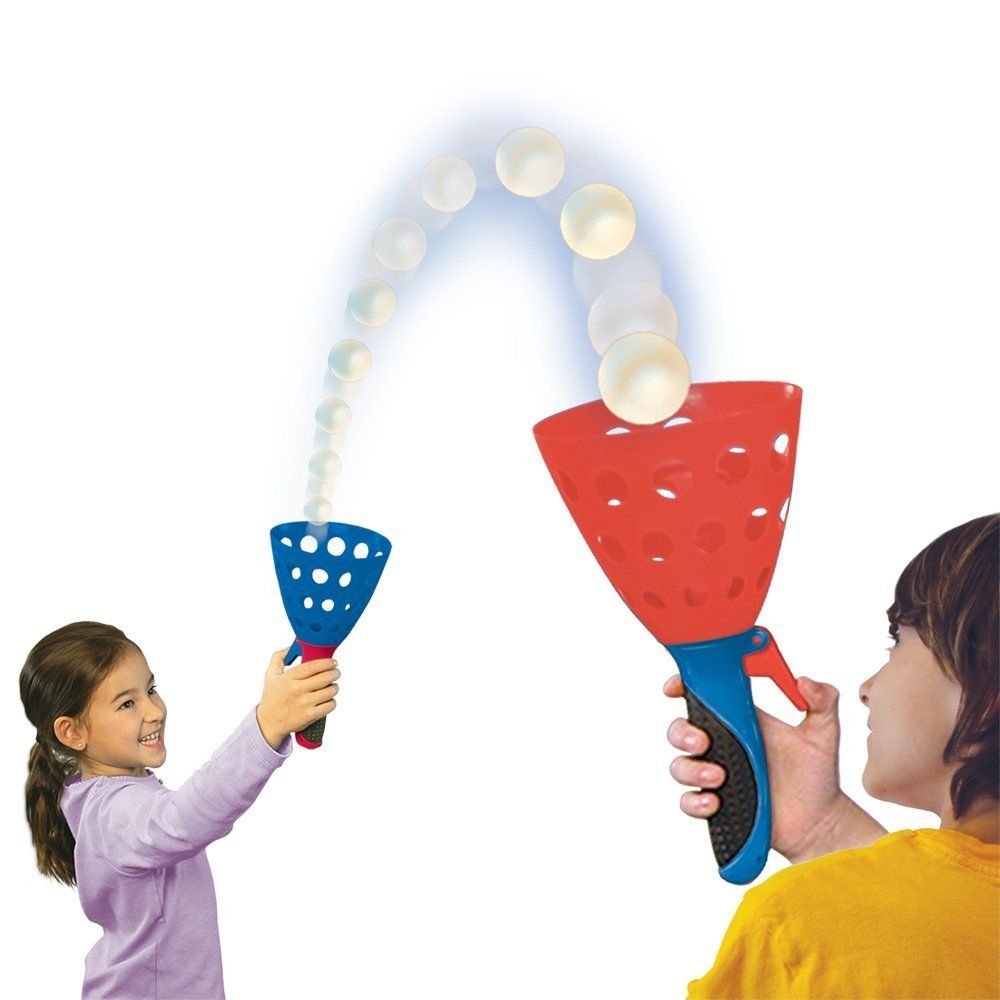
A Pop and Catch Game (affiliate link) is another movement-based way to encourage focus. Kids will need to keep their eyes on the ball as they move their cup to catch it before it hits the ground. This might be a challenge for children with visual motor integration difficulties. Try sitting on the floor, close together. Then, build up to kneeling, moving farther apart, standing, and even sitting in a rolling chair.
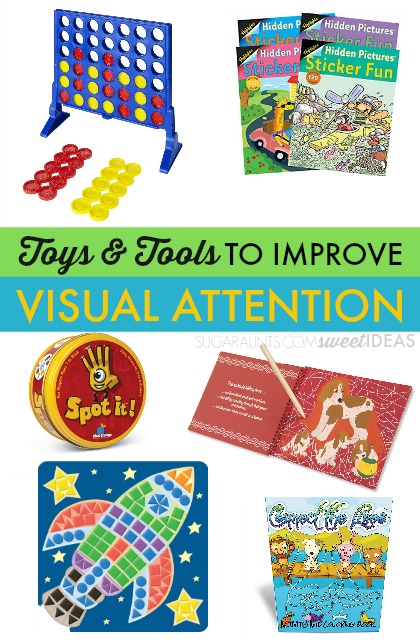
Toys to help with Visual Attention
For some kids, the attention concerns arise when there are too many distractions in the child’s visual field. They are unable to pick out the important information. This might occur when a child is trying to find matching socks from a drawer full of unpaired socks. They can not scan and search to find the sock they need and give up.
Other kids simply can not filter out unnecessary information in a cluttered scene. These kids wiggle, fidget, and can’t focus in the classroom.
Toys and tools can support these areas. Games and activities like a math maze activity that incorporates interests are one idea. Then, you could also try games and toys that are out there on the market.
toys to help focus
These toys to support focus and attention are Amazon affiliate links. Each toy can foster attention and focus by playing the game.
Some tips to use toys to support the ability to focus and attend during game play, there are a few ways to make the game not only fun and engaging, but also meaningful in development.
Using toys to develop focus skills in children is an essential aspect of occupational therapy because kids and play are one and the same! Play is the primary occupation of the child, so game play is one way to foster specific skills.
When using games to develop focus, use these tips:
-
Choose Purposeful Toys: Select toys that encourage concentration and engagement. For younger children, toys with vibrant colors, interesting textures, and simple features can capture their attention. Examples include building blocks, puzzles, or toys that involve sorting and matching.
-
Incorporate Sensory Elements: Integrate sensory experiences into play to enhance focus. Toys with various textures, shapes, and sizes can stimulate different senses, promoting sensory integration. This could include engaging in flexible seating options and varied sitting positions during play (laying on the floor, alternative seating options, etc.). It could also mean a calming corner to play. Or, you could incorporate sensory bins or other sensory materials in game play. Sensory play has been linked to improved attention and focus in children (Case-Smith & O’Brien, 2010).
Remember, each child is unique, and it’s crucial to tailor activities based on their individual preferences and developmental level.
Reference: Case-Smith, J., & O’Brien, J. C. (2010). Occupational therapy for children and adolescents. Elsevier Health Sciences.
Spot It (affiliate link) requires kids to pull out and match items between two cards. This is a great game for car rides, too!
Fidget Toys to Help With Attention and Focus
The Tangle Jr. Original Fidget Toy (affiliate link)will keep fingers and hands busy so kids can concentrate on homework or school work.
A ball of play dough or this Pull and Stretch Bounce Ball (affiliate link) is a good way to keep kids’ hand occupied as they move with the small motor proprioceptive input. This heavy work for the hands can allow kids to concentrate as they write.
The DESK BUDDY (affiliate link) is great for kids who are doing homework as it can sit on a table surface or it can be a hand-held sensory fidget toy.
A pencil topper like these Pencil Tops Fidget (affiliate link) can help kids while they write, and can be fidgeted with on or off the pencil.
Try writing with a vibrating pen like this Squiggle Wiggle Writer (affiliate link) for proprioceptive input before a writing homework assignment.
THE ULTIMATE FIDGET (affiliate link) is a quiet fidget toy that kids can keep in their pocket.
Keychain Fidget Toys are another option that can help with attention and focus.
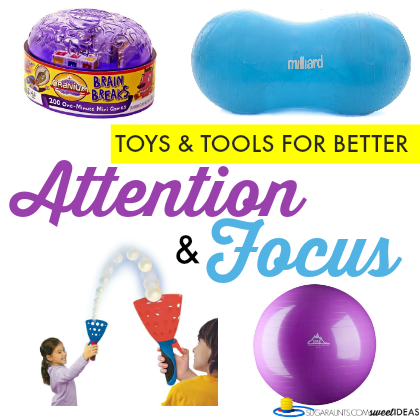
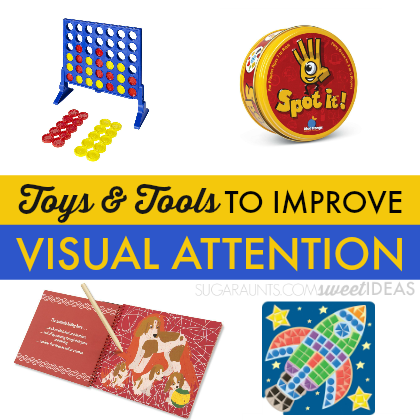
More tools for addressing attention needs in kids
The Attention and Sensory Workbook can be a way to do just that.
The Attention and Sensory Workbook is a free printable resource for parents, teachers, and therapists. It is a printable workbook and includes so much information on the connection between attention and sensory needs.
Here’s what you can find in the Attention and Sensory Workbook:
- Includes information on boosting attention through the senses
- Discusses how sensory and learning are connected
- Provides movement and sensory motor activity ideas
- Includes workbook pages for creating movement and sensory strategies to improve attention
A little more about the Attention and Sensory Workbook:
Sensory processing is the ability to register, screen, organize, and interpret information from our senses and the environment. This process allows us to filter out some unnecessary information so that we can attend to what is important. Kids with sensory challenges often time have difficulty with attention as a result.
It’s been found that there is a co-morbidity of 40-60% of ADHD and Sensory Processing Disorder. This workbook is an actionable guide to help teachers, therapists, and parents to help kids boost attention and focus in the classroom by mastering sensory processing needs.
You will find information on the sensory system and how it impacts attention and learning. There are step-by-step strategies for improving focus, and sensory-based tips and tricks that will benefit the whole classroom.
The workbook provides tactics to address attention and sensory processing as a combined strategy and overall function. There are charts for activities, forms for assessment of impact, workbook pages for accommodations, and sensory strategy forms.
More therapy toys to support specific skills:
- Fine Motor Toys
- Gross Motor Toys
- Pencil Grasp Toys
- Toys for Reluctant Writers
- Toys for Spatial Awareness
- Toys for Visual Tracking
- Toys for Sensory Play
- Bilateral Coordination Toys
- Games for Executive Functioning Skills
- Toys and Tools to Improve Visual Perception
- Toys to Help with Scissors Skills
- Toys for Attention and Focus
Printable List of Toys for Attention and Focus
Want a printable copy of our therapist-recommended toys to support attention and focusing skills?
As therapy professionals, we LOVE to recommend therapy toys that build skills! This toy list is done for you so you don’t need to recreate the wheel.
Your therapy caseload will love these ATTENTION toy recommendations. (There’s space on this handout for you to write in your own toy suggestions, to meet the client’s individual needs, too!)
Enter your email address into the form below. The OT Toolbox Member’s Club Members can access this handout inside the dashboard, under Educational Handouts. Just be sure to log into your account, first!

Colleen Beck, OTR/L has been an occupational therapist since 2000, working in school-based, hand therapy, outpatient peds, EI, and SNF. Colleen created The OT Toolbox to inspire therapists, teachers, and parents with easy and fun tools to help children thrive. Read her story about going from an OT making $3/hour (after paying for kids’ childcare) to a full-time OT resource creator for millions of readers. Want to collaborate? Send an email to contact@theottoolbox.com.

